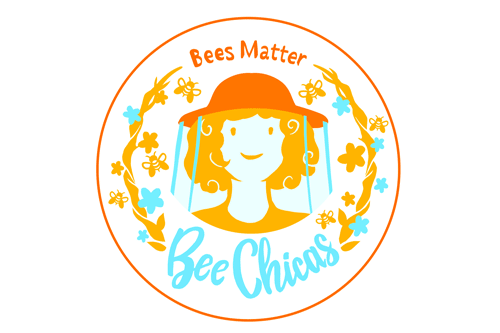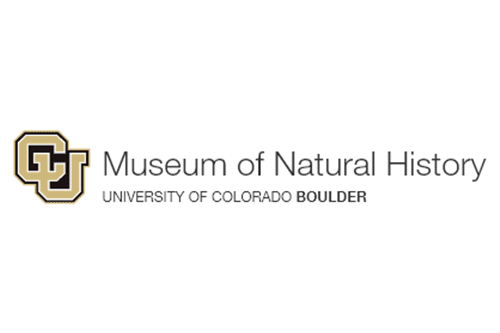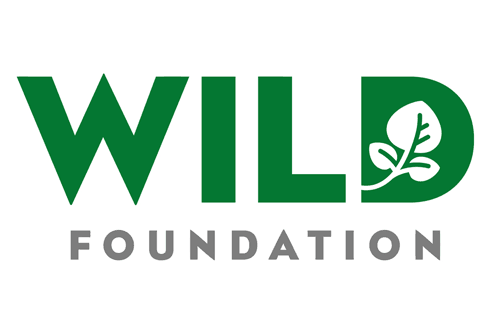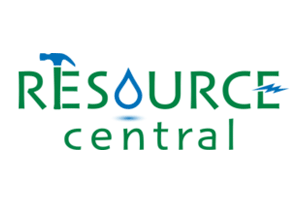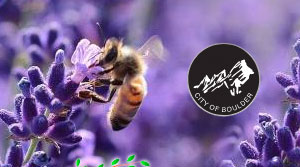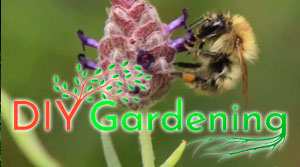What’s The Buzz
POLLINATOR GARDEN RESOURCES FROM THE CITY
Come back often. This page will be updated with new resources and materials, notices of workshops and events, as well as updates about how this program is moving forward with the city, partner organizations and residents. Click here to go there: https://bouldercolorado.gov/planning/pollinator-garden-resources
The Role Bees Play In Pollination
Bees play a crucial role in maintaining healthy ecosystems. As pollinators, they contribute significantly to plant reproduction, biodiversity, and food production. Their work affects both wild plants and agricultural crops, ensuring the sustainability of numerous plant species. Without bees, many ecosystems would struggle to thrive, which would lead to reduced food supplies for humans and wildlife alike. Understanding the role of bees in pollination is essential to appreciating their contribution to our environment and the urgent need to protect them. This resource list has great info on bees as pollinators.
ALL ABOUT BEEKEEPING & FLOWERS THAT ATTRACT BEES
This resource page from Avas Flowers was recommended by Corrine, who found it very helpful for her project in Earth Science class. It is a nice little overview of the science of beekeeping, but it includes information on honeybee research labs around the world AND a section on gardening for bees and other pollinators! Corrine thought it might help others who are new to gardening for pollinators and wildlife. Get buzzy here:
https://www.avasflowers.net/all-about-beekeeping-flowers-that-attract-bees
While you may know honey bees as the cute buzzing insects responsible for the bottles of honey at your local grocery store, honey bees do a lot more than just make honey. This collection has resources on how bees live together, make honey, and eat honey. It was submitted by Ben, a Boy Scout earning his Insect Study badge. You can learn more, too, at:
https://www.oberk.com/Learning-About-Honey-Bees
GUIDE FOR CREATING POLLINATOR GARDENS
This excellent web page full of helpful information was discovered by Jenna, a Girl Scout from Boulder, while working on her Flower Garden Badge. It contains tips, instructions, recommendations and an extensive list of links to more resources. Click here to go there: https://www.bottlestore.com/beesandhoneycreatingpollinatorgardens
PARKING LOT PLOTS FOR BEES
The edge of a Boulder parking lot has been transformed into a haven for bees native to Colorado. More than 20 native plants have replaced shrubs and line two sides of the parking lot next to the intersection of Canyon Boulevard and 14th Street, near the Boulder County Farmers Market. Click here to go there: http://www.dailycamera.com/cu-news/ci_31997141/cu-boulder-instructor-parking-lot-plots-bees
NEONICOTINOIDS IN YOUR GARDEN
Neonicotinoids are a group of insecticides that are used widely on farms, as well as around our homes, schools, and city landscapes. Used to protect against sap-sucking and leaf-chewing insects, neonicotinoids are systemic, which means they are absorbed by the plant tissues and expressed in all parts, including nectar and pollen. Unfortunately, bees, butterflies, and other flower-visiting insects are harmed by the residues. Click here to read more: https://xerces.org/wings-archive/neonicotinoids-in-your-garden/
EPA SETS STRICTER GUIDELINES ON INSECTICIDES FOUND IN BOULDER’S CREEKS
The Environmental Protection Agency (EPA) decreased its aquatic life benchmarks for neonicotinoids, the group of insecticides that are linked to the decline of bees. The stricter guidelines align with a growing body of scientific literature that demonstrates harm to both terrestrial and aquatic ecosystems by these insecticides even at low levels. Neonicotinoids are commonly used in agriculture, urban yards and for termites and flea prevention in pets. Click here to read more: https://bouldercolorado.gov/newsroom/epa-sets-stricter-guidelines-on-insecticides-found-in-boulders-creeks
NORTH AMERICAN BEE POPULATION EXTINCTION
Population levels of more than 700 North American bee species are declining as habitat loss and pesticide use continue at a breakneck pace, according to a new report. The report from the Center for Biological Diversity relies on an evaluation of more than 1,400 bee species with sufficient data for the assessment. More than half of those species are on the decline and nearly a quarter is at risk of extinction, according to the report. Click here to read more :http://time.com/4688417/north-american-bee-population-extinction/
HOW TO ATTRACT MORE BEES TO YOUR GARDEN (And Why It’s So Important)
To some, attracting bees into our gardens may seem like some slightly quirky rural fantasy. And though it’s undeniably satisfying to sit in the garden and watch colourful bees go about their work, the fact is, they also desperately need our support. Click here to read more: https://job-prices.co.uk/attract-bees/


